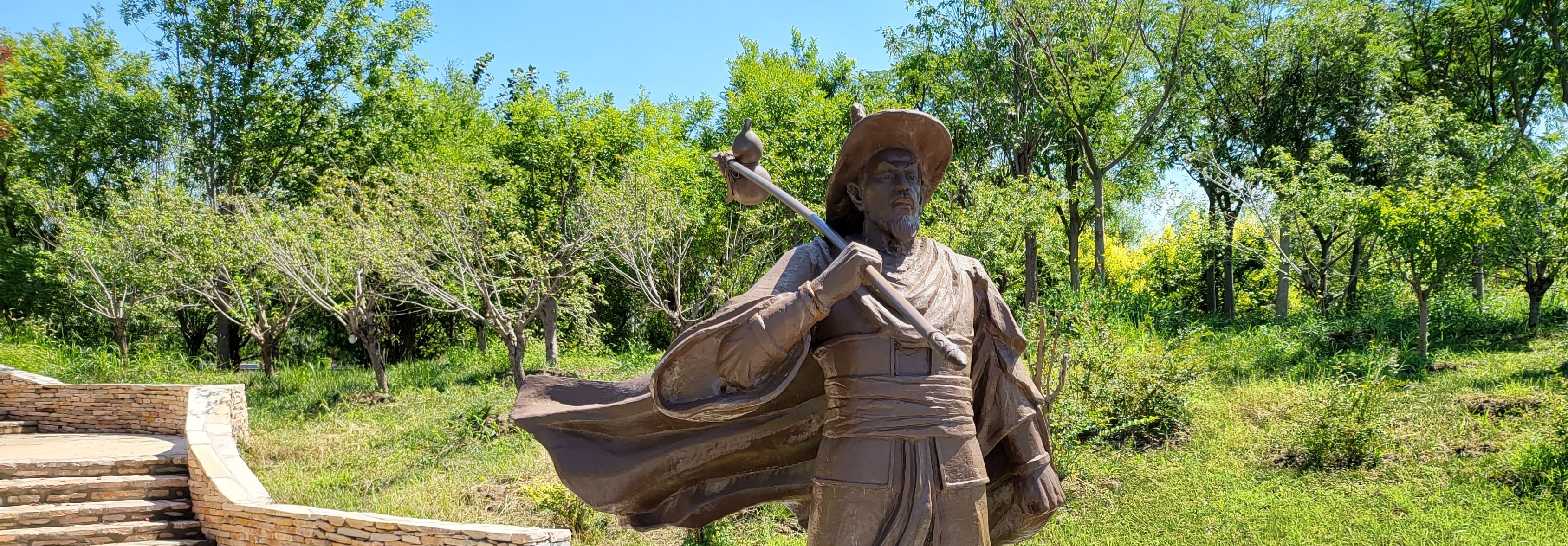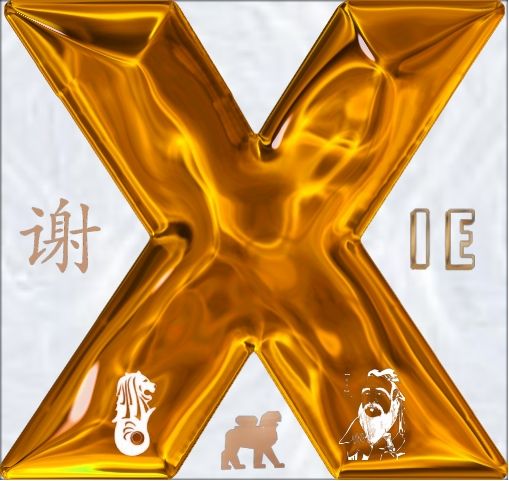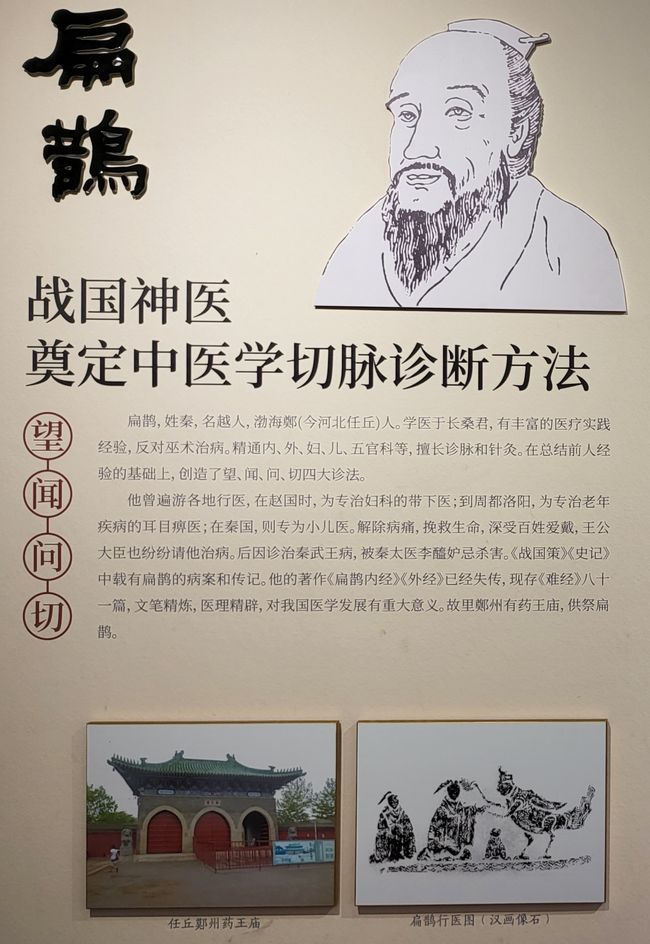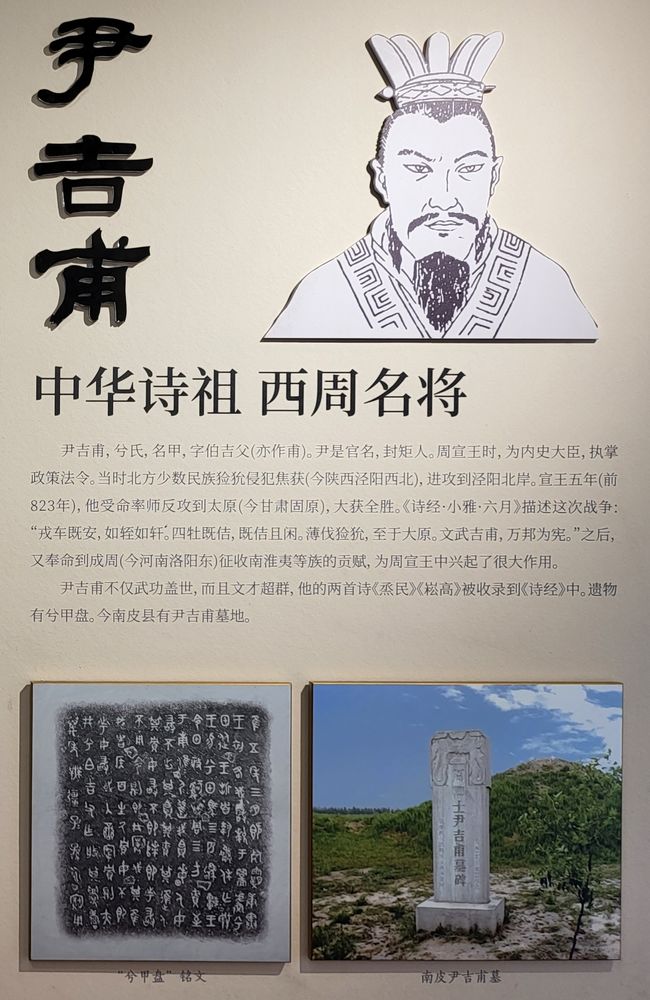The General and the Doctor
Ishicilelwe: 14.08.2024
In Cangzhou, as in many parts of China, the cultural heritage is highly valued. In this context, significant personalities related to the Cangzhou region are presented in museums, expressing memory of them and their achievements. In this blog post, part 1, I tell the story of a general and a doctor.
Yin Ji Fu was the father of Chinese poetry and a renowned general of the Western Zhou Dynasty (1045 – 771 BC). During the reign of King Xuan, he served as Minister of Traditions, responsible for policies and laws. At that time, the country was attacked from the north near the city of Jingyang (close to Xi’an, Shaanxi Province) by the Xianyun (Huns). Therefore, in 823 BC, King Xuan commissioned Yin Ji Fu to lead a counterattack on Yuanzhou* (present-day Guyuan, Ningxia, see note below) and achieved a stunning victory. The battle is described in a classic poem.
Afterwards, he shifted his activities to Zhengzhou, east of the later capital of the Zhou Dynasty, Luoyang (Henan Province), to collect taxes. The tribute from the Huaiyi people and other tribes played a significant role in King Xuan's rise during the Zhou Dynasty.
Yin Ji Fu not only possessed unparalleled military skills but also outstanding literary talent. Two of his poems, “Zhengmin” and “Songgao,” were included in the “Book of Songs,” the oldest collection of Chinese poetry (between the 10th and 7th century BC) and one of the “Five Classics” of Confucian literature.
Finally, he had duties in the Cangzhou region. His tomb is located in Nanpi, just 30 km southwest of Cangzhou.
Bian Que (407 - 310 BC) was a prominent doctor during the Warring States period. He was born in Renqiu, which is part of Cangzhou Prefecture. He learned medicine from Chang Sangjun, who had extensive experience in medical practice. Bian Que established the diagnostic method of pulse detection, an essential method in traditional Chinese medicine. Based on his summarized experiences, he developed the four diagnostic methods of traditional Chinese medicine: Inquiry, Observation, Smell/Hearing, and Palpation. He traveled throughout the country to practice as a doctor. He alleviated illnesses, saved lives, and was very popular among the people. Princes and ministers requested him to treat their ailments. Because he diagnosed and treated the illness of King Wu of Qin (reign 311-307 BC), the imperial physician Li Xi became jealous, feared for his status, and had Bian Que killed in a robbery.
In Renqiu, there is a medical research institute named after him, and his veneration takes place at the Yaowang Temple located to the north of Renqiu.
* Note: Despite the translation assistance from my wife, I could not definitively determine the place. It was indicated as: Taiyuan, present-day: Guyuan, Gansu Province. The difficulty was that Guyuan is located in Ningxia Province, but borders Gansu to the east, south, and west, thus being surrounded by Gansu territory. However, Guyuan was not known as Taiyuan in ancient times, but as Yuanzhou. The city with the current name Taiyuan is located northeast of Jingyang in Shanxi Province. Since the attack was described as coming from the northwest, I strongly assume it was Guyuan, i.e., Yuanzhou, which is precisely positioned there. As ancient city names often resemble and change, Guyuan may have also been referred to as Taiyuan at that time, according to my wife's theory.
This is just a little anecdote about the challenges in translating information for my blog. 😉
Phendula
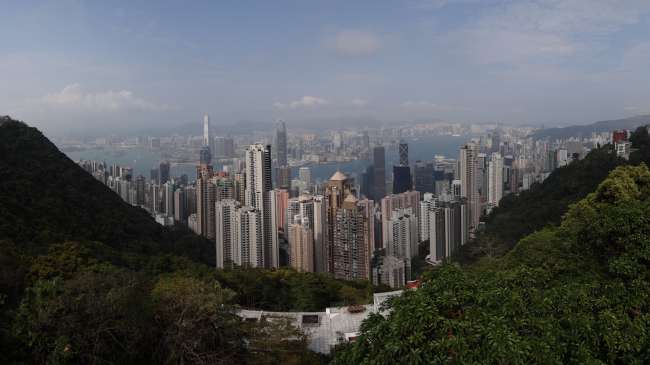
Imibiko yokuvakasha China
